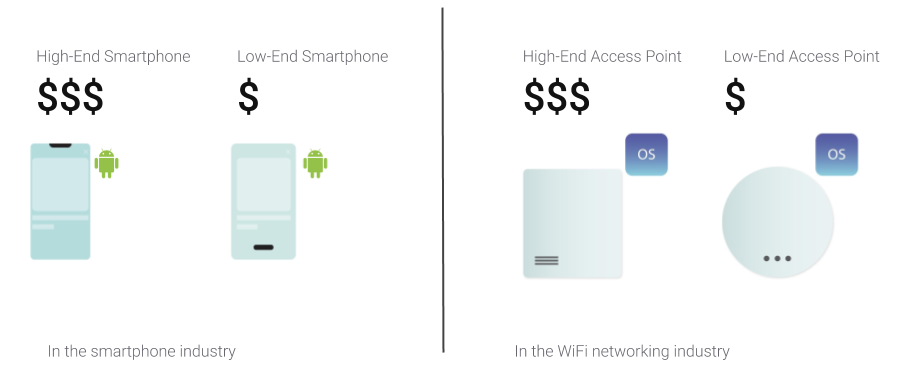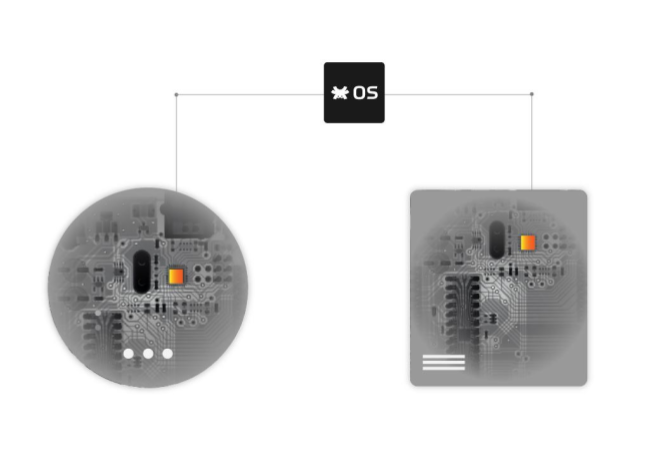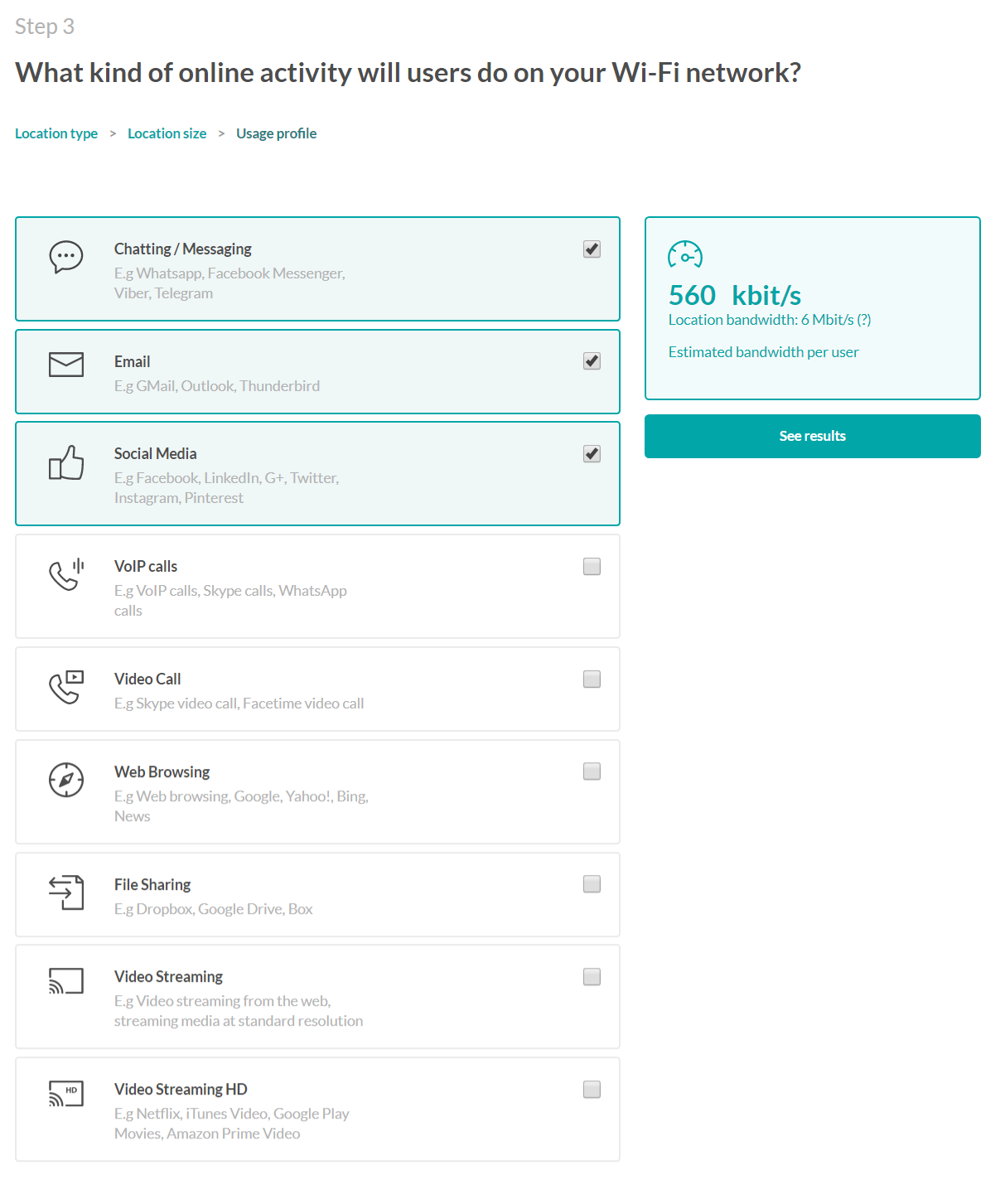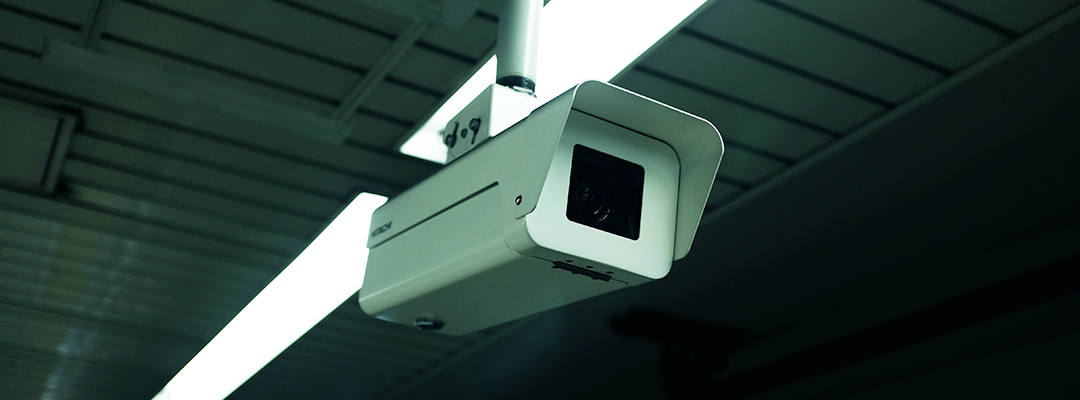How network disaggregation allows you to reduce your CAPEX OPEX costs
How network disaggregation allows you to reduce your CAPEX OPEX costs
Press play to listen to the article.

The disaggregation concept embraces the open-source approach where WiFi solution providers can decouple their hardware choice from their software choice. This decoupling trend has already been successful in other industries such as the computer and smartphone markets.
In the WiFi industry, disaggregation enables WiFi professionals to control their costs when deploying or upgrading a WiFi network and obtaining significant cost savings.

At Tanaza, we fully embrace the disaggregation concept and our software allows you to choose the hardware vendor most suitable for their deployment. Our latest product, TanazaOS is a Linux-based operating system for centralized wireless network management developed based on the disaggregation concept. TanazaOS allows enterprises and service providers to reduce their CAPEX OPEX.
Thanks to disaggregation, the business model of a WiFi solution provider using TanazaOS encourages them to:
Reduce WiFi hardware cost
For example, when a WiFi solution provider using TanazaOS has to decide the type of hardware for his next WiFi deployment, he will be able to choose cheaper wireless devices such as consumer/SMB devices which cost around $100/unit, unlike someone using a vendor-lock-in solution who will have to spend around $300/unit (hardware + software solution).
By using TanazaOS, a WiFi administrator enjoy the same set of professional features whatever the model of access point selected. Features include for example remote monitoring, centralized configuration, multi-site management, and self-provisioning.

Save time and money for the WiFi deployment
TanazaOS self-provisioning system enables WiFi administrators to pre-configure the access points before shipping them to their customers (offline configuration).
Once online, the wireless devices will automatically sync the configuration, allowing WiFi administrators to speed up the WiFi network deployment and to reduce on-site travel costs. Moreover, large WiFi network configurations are facilitated thanks to the network-wide configuration system.
Save money on WiFi infrastructure maintenance – Reduce Capex Opex
When managing a WiFi network, the TanazaOS’ remote management feature enables WiFi administrators to reduce maintenance and troubleshooting cost: receive email alerts in case of access point disconnections, perform manual or scheduled reboots directly from the cloud, and keep an eye on your access points status thanks to the global map. This has direct impacts on maintenance budget such as no need for technicians on site, the fast configuration from a centralized platform, firmware’ scheduled upgrade, and disconnection alerts.
TanazaOS is conceived around the disaggregation concept, which means offering the option to select software from one vendor and run it on hardware from a different manufacturer. It is an operating system that supports WiFi solution providers who are looking for a flexible and efficient self-provisioning system that facilitates unlimited scalability and helps in delivering wireless networking services faster.
At Tanaza, we want to deliver a complete and cutting-edge product. With this in mind, we are constantly expanding our set of features. For more information about the new TanazaOS, feel free to try the interactive demo or to contact one of our Tanaza consultants.










